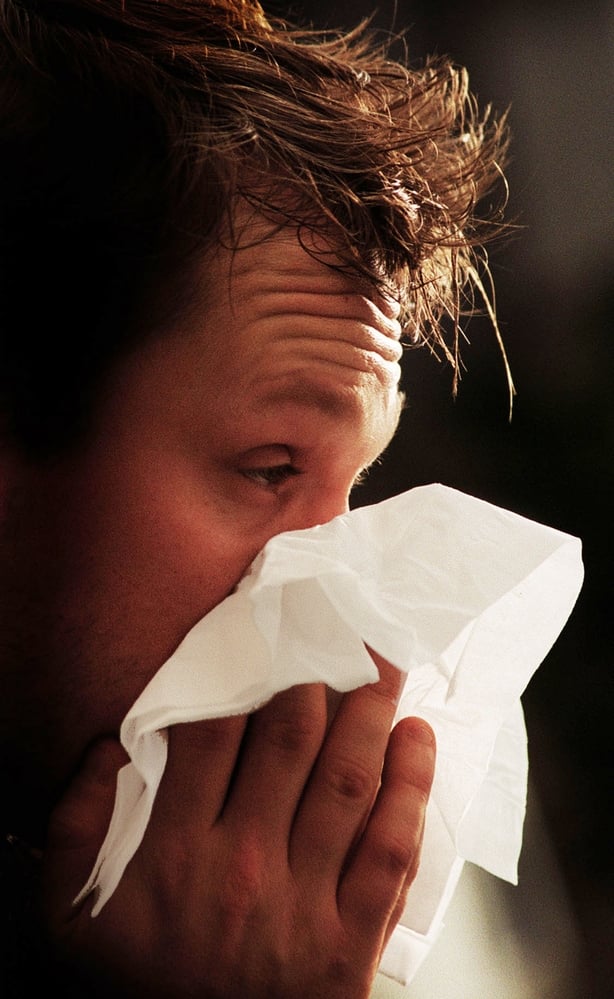Is this going to be a very bad flu season?
It's hard to say at this stage, even though flu levels are high and may be peaking, or about to peak.
Experts will not be able to say how this winter season compares with other years, until they examine the final flu case numbers and the severity.
The severity is based on how many people will have been hospitalised, how many were put in intensive care and, sadly, how many have died.
Usually, the number of flu deaths in any year is between 80 and 120 people.
According to Dr Cillian De Gascun, consultant virologist and Laboratory Director at the UCD National Virus Centre Laboratory, ultimately influenza needs a susceptible population.
So if too few people get immunised in Ireland then that's a problem, because there is then a low level of background immunity, allowing the virus to spread.
Also, while there has been an increase in the number of health staff who have been vaccinated, the majority of health staff here do not avail of the flu vaccine, which sends a very strange message to the general public.
Whatever about the professional obligations, surely there is an ethical obligation for health staff to protect themselves, so that they reduce the risk of spreading the flu to vulnerable patients, such as other hospital acquired infections?

There are four seasonal flu viruses that we can see in any one year. There is usually a predominant strain but that does not have to be the case.
Last year, we saw the A strain H3N2 mainly circulating, this is the so-called 'Aussie flu'.
This flu season started off with the A strain, as expected. But then heading towards Christmas, one of the two B strains became the predominant strain.
There are two B strains - B-Yamagata and B-Victoria. Here, it's the B-Yamagata that's circulating.
Unfortunately, this year's flu vaccine covers the B-Victoria strain and does not cover the other B-Yamagata strain.
However, experts believe there would be some cross-protection, as ultimately it's a B strain. The B strain is usually a milder one but tends to disproportionately affect children and young adults.
So notably, this year the children's hospitals have been seeing a large number of flu cases.
Children may be put on trolleys and isolated and not placed in wards to control the spread of the virus.
This year's vaccine may not be a perfect match, but doctors say that vaccination is the best prevention, especially for people in the at-risk groups. There is still time to get vaccinated.
All of the flu strains are usually circulating at some level. It takes six months to manufacture the annual seasonal flu vaccine. Around 140 national virus laboratories around the world feed into that decision, including the lab here at UCD.
It's at best a well-educated guess as to what mix of strains to use.
But the virus can change from February to the flu season starting.
By the end of next month, the decision will have to be made on what strains to include in the 2018/2019 flu vaccine, which will be available from this September.







